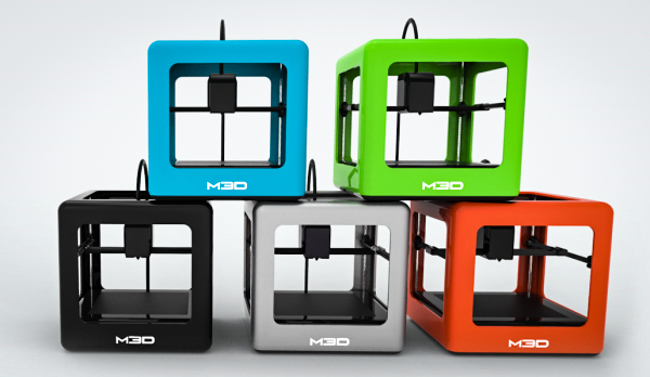BY: TED BARNABY
We’ve seen Google Glass, solar power roadways and the Oculus Rift, but when it comes to holy-shit-we’re-in-the-future gadgets, 3D printing is likely the most eligible of the new technologies.
Ever since the release of the first 3D printer, eager tech enthusiasts have been in a sort of unspoken competition all hoping to be the first to develop a household version of the product.
One company called M3D, founded by David Jones and Michael Armani, has designed one of the most inexpensive and compact versions of the 3D printer thus far, which is about the size of a toaster oven. Despite a goal of $50,000, the Kickstarter page has already grossed an incredible $3.4 million with nearly 12,000 backers. The printer itself costs only about $200.

If you’re a techie, the M3D gives you the option of designing your own custom printing models. For novices, downloadable models are available, allowing users to skip the complicated design process, and print right away.
The printers also have touchscreen, allow you to surf the Internet for new downloadable 3D models, and organize your files into a convenient library on your system. However the printer also comes loaded with “expert settings” and additional software—like open-source slicers—making the device available to all levels of expertise.
However, despite M3D’s popularity and sleek design, other companies like RepRap and Boots Industries have achieved the incredible feat of designing a version that is self-replicating. Buy one 3D printer, and you could print one for every room in your house.

This is obviously a huge benefit of the BI V2.0, however it comes at a price. This machine will cost you at least $1,100.
Their Kickstarter page has grossed about $210,000 of their targeted $30,000.
It won’t be long until the 3D printer is a standardized household utility, adding yet another layer of convenience to our already technologically-cushioned lives. However, the 3D printer isn’t without controversies.

Normalizing 3D printers may also be a major nuisance for gun control, as several companies have already designed printable guns and made the designs available for public use.


